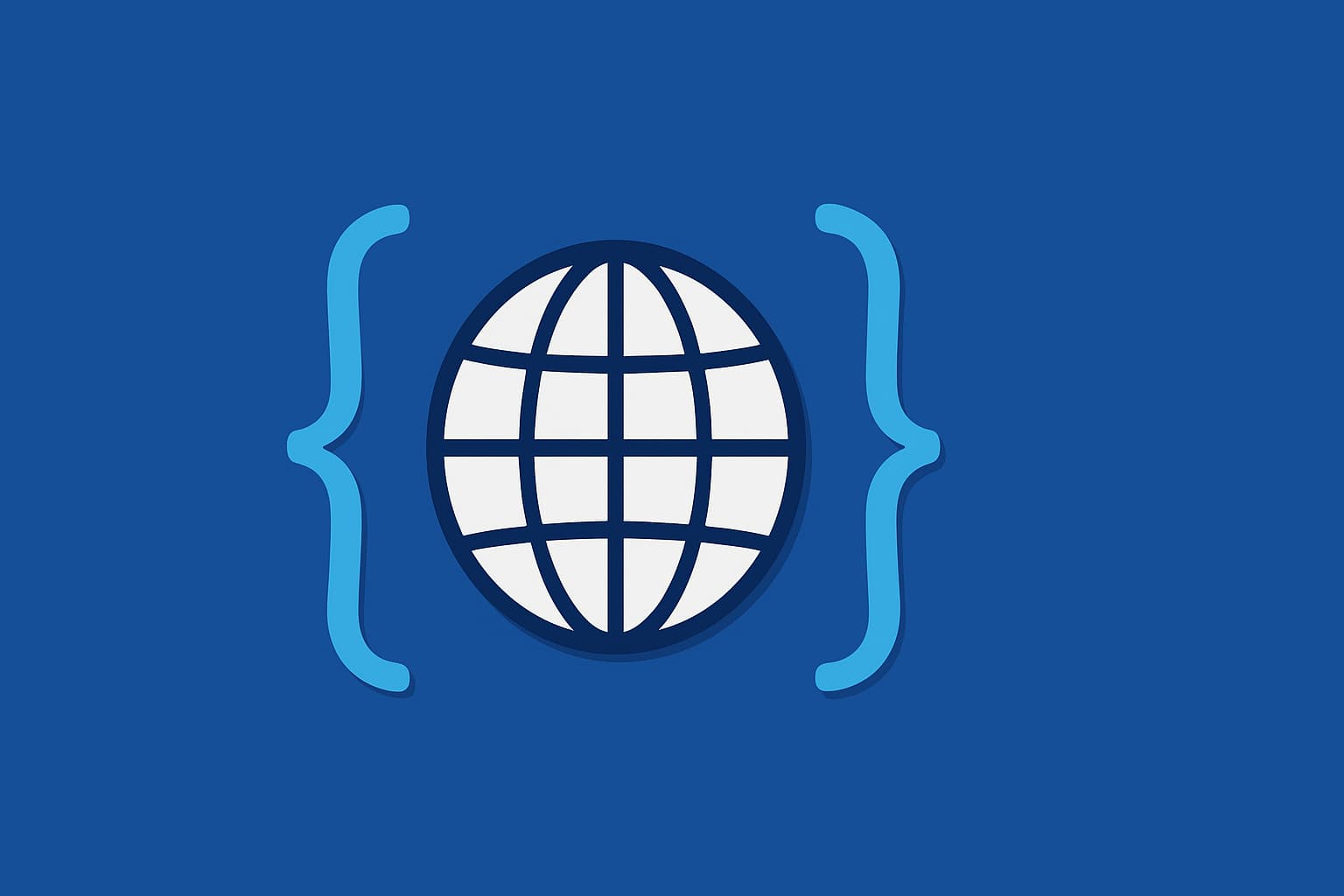
Claude Code on the Web: How to Use the Assistant in the Browser
Claude Code on the Web brings Claude's support directly where you research and work: in the browser. You check code examples, explain snippets, get alternative suggestions, and structure changes - quickly and controlled.
Why a Code Assistant in the Browser?
Jumping between documentation, examples, and your own editor costs focus. Especially during research, reviews, or small adjustments, you want answers in context - without media disruption. An assistant in the tab reduces exactly this friction.
For many teams, small improvements add up. Faster explanations, fewer context switches, and clearer review notes noticeably accelerate routine tasks.
How Claude Code on the Web Helps
Claude supports you in reading, explaining, and rewriting code in the web context. You can ask questions about snippets, have functions summarized, and get alternatives shown.
Core Features Overview
- Code explanations and summaries
- Suggestions for alternatives and refactorings
- Inline hints about error patterns and edge cases
- Help with tests, comments, and commit notes
Use Claude as a sparring partner: Ask specific questions, share relevant context, and only adopt what you can understand. This way you stay fast and careful at the same time.
What You Should Consider in Enterprise Environments
For companies, besides productivity, governance and data protection are paramount. Clarify which data may end up in prompts, how logs are maintained, and which contractual assurances apply.
Regulation & Compliance
Important Checkpoints
- Limit data types (no personal data without basis)
- Internal guidelines: prompt policies, logging, reviews
- Check contractual basis (e.g., DPA) and storage locations
- Transparency & control in the sense of GDPR / AI guidelines
Opportunities in Enterprise Context
Explain snippets, mark risks, outline alternatives.
Understand API examples and adapt for own services.
Structure comments, readmes, and changelogs.
Trigger test ideas, edge cases, and migration paths.
Challenges
Automated suggestions can overlook errors. Generally check outputs, keep sensitive data back, and technically separate critical flows.
Success Factors
- Small, understandable steps
- Clear guidelines & approvals
- Strictly separate sensitive data
- Regular reviews with IT/DPO
Conclusion: Properly introduced, Claude relieves everyday tasks - without giving up control.
Features That Help You Immediately
These features bring speed to research, reviews, and small adjustments.
Summarize functions, make assumptions visible.
Outline refactoring ideas and alternatives.
Hints about typical bugs and edge cases.
Prepare test cases, commit or PR notes.
Treat suggestions as drafts - you make the decision.
Your Benefits
Fewer context switches, faster insights, better documentation.
Explanations instead of guessing
Faster to reliable options
Review notes & history
Tests and edge cases in view
Practical Examples
Neutral use cases you can test in the browser.
Explain complex function and check variants.
Transfer code from docs to own framework.
Generate compact hints about risks and tests.
Outline alternatives and document trade-offs.
Challenges and Solutions
With clear rules, risks can be well managed.
Share data sparingly; establish guidelines & logging.
Check suggestions, add tests, four-eyes principle.
Short trainings, examples, collect best practices.
Coordinate important web tools and internal policies.
Start small, collect feedback, and sharpen rules afterward.
Recommended Approach (7 Steps)
Compact playbook for safe entry.
1) Define Pilot
Define target group, use cases, success criteria.
2) Guidelines
Prompt policy, sensitive data, logging & reviews.
3) Tool Check
Test relevant web tools and workflows.
4) Onboarding
Communicate short trainings, examples, and do/don'ts.
5) Pilot Operation
Conduct defined use cases, collect feedback, note risks.
6) Quality & Compliance
Check review rules, verify logging and approvals, document adjustments.
7) Rollout & Improvement
Transfer insights, sharpen guidelines, roll out gradually.
Success Criteria
- Clear separation of sensitive workflows
- Conscious approvals and documentation
- Small automizations first
- Regular reviews with IT/DPO
Classification
Claude Code on the Web complements local IDEs and classic chat workflows. Decisive is the combination of quick help in the browser and clean governance.
Answers directly next to docs, forums, and examples.
Fewer switches, more fluency in small tasks.
Conservative defaults, clear team policies.
Extensible, but usable with guardrails.